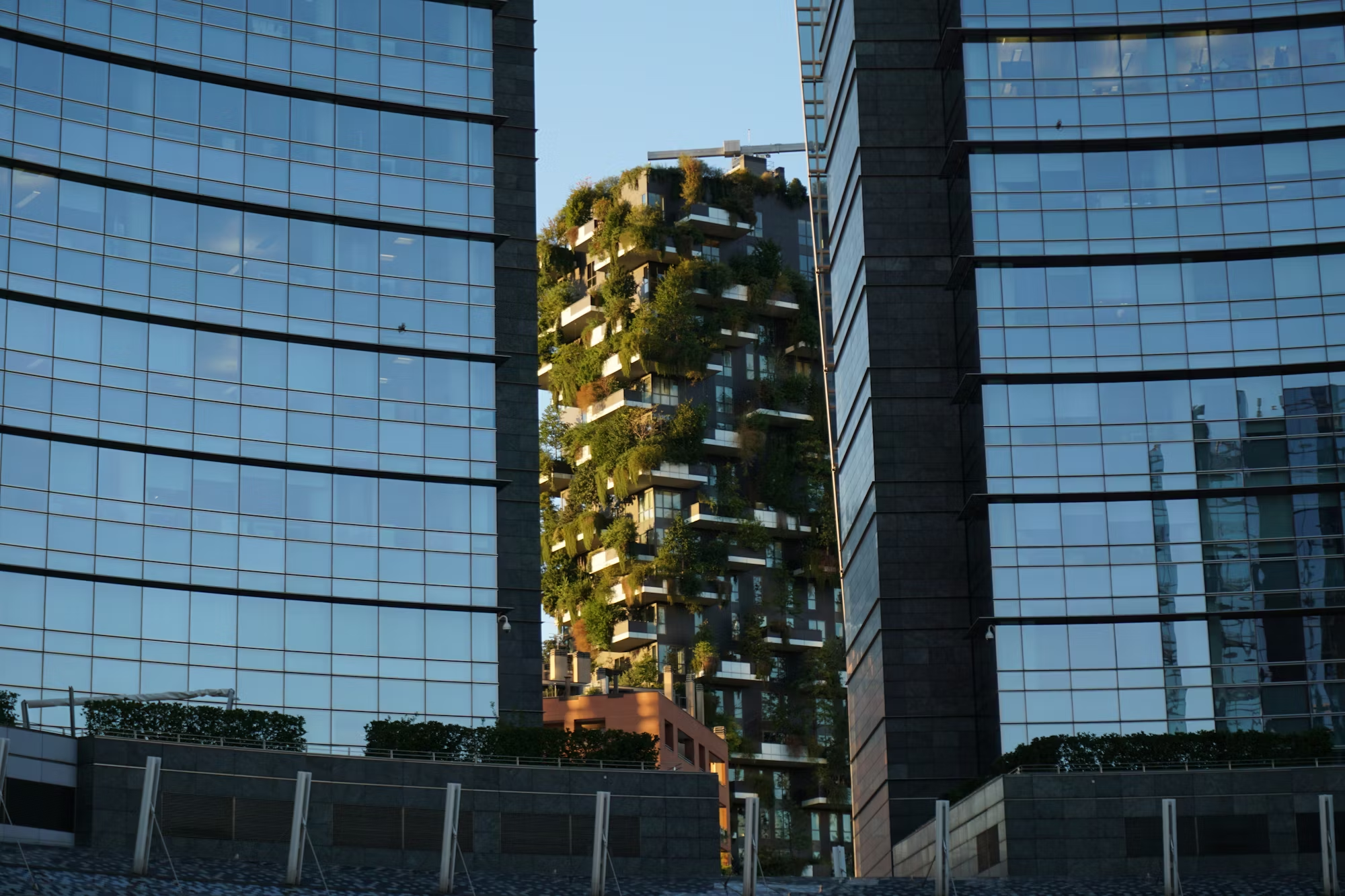As urban populations continue to grow, the need for sustainable urban design becomes increasingly critical. Cities must adapt to the challenges posed by climate change, resource depletion, and rapid urbanization. Sustainable urban design focuses on creating environmentally responsible, socially equitable, and economically viable urban spaces that can support future generations. This article delves into the principles of sustainable urban design, innovative practices, and successful case studies that demonstrate its potential to transform cities into thriving, resilient environments.
At the core of sustainable urban design is the concept of integrating nature into urban environments. Green infrastructure, such as parks, green roofs, and urban forests, plays a vital role in enhancing biodiversity, improving air quality, and mitigating urban heat. These natural elements not only contribute to the ecological health of cities but also provide residents with essential recreational spaces. For instance, Chicago’s Millennium Park features expansive green spaces that offer a refuge from the urban landscape, promoting community interaction and well-being.
Moreover, incorporating sustainable transportation options is essential for reducing carbon footprints. Cities that prioritize public transit, cycling, and walking create more livable environments. The implementation of bike lanes and pedestrian-friendly pathways encourages residents to opt for greener modes of transport. Cities like Copenhagen have successfully integrated cycling into their urban fabric, resulting in reduced traffic congestion and improved air quality. By making sustainable transportation a priority, cities can promote healthier lifestyles and foster a sense of community among residents.
Energy efficiency is another crucial aspect of sustainable urban design. Innovative building practices, such as passive solar design and the use of renewable energy sources, contribute to minimizing energy consumption. For example, the Bosco Verticale in Milan consists of residential towers adorned with thousands of trees and plants, providing natural insulation and reducing energy use. This approach not only enhances the aesthetic appeal of the urban landscape but also promotes sustainable living practices.
Water management is also a key consideration in sustainable urban design. With the increasing frequency of extreme weather events, cities must implement strategies to manage stormwater effectively. Green roofs, permeable pavements, and rain gardens can help absorb excess rainwater, reducing flooding risks and enhancing water quality. For instance, Singapore has become a leader in water management, incorporating extensive green infrastructure to improve its resilience to climate change while beautifying its urban spaces.
Community engagement is fundamental to the success of sustainable urban design. Involving residents in the planning process ensures that their needs and aspirations are reflected in the design of public spaces. Participatory design processes, such as community workshops and feedback sessions, allow citizens to voice their opinions and contribute to the development of their neighborhoods. This collaborative approach not only fosters a sense of ownership but also strengthens community ties, enhancing the overall quality of life in urban areas.
Successful examples of sustainable urban design can be found in cities worldwide. The city of Freiburg, Germany, is renowned for its commitment to sustainability. With a focus on renewable energy, extensive public transit options, and green building practices, Freiburg serves as a model for cities looking to embrace sustainable development. The Vauban district, a sustainable community within Freiburg, emphasizes car-free living, communal spaces, and energy-efficient homes, demonstrating the potential of sustainable urban design to create vibrant neighborhoods.
In addition to environmental benefits, sustainable urban design also offers economic advantages. Investments in green infrastructure and sustainable practices can lead to long-term cost savings for cities. By reducing energy and water consumption, municipalities can decrease operating costs and improve budget efficiency. Furthermore, cities that prioritize sustainability often attract businesses and residents who value environmentally conscious practices, leading to economic growth and job creation.
The integration of technology into sustainable urban design is also gaining traction. Smart city initiatives leverage data and technology to enhance urban living. For instance, smart lighting systems can reduce energy consumption by adjusting brightness based on the presence of pedestrians. Additionally, sensors can monitor air quality, traffic patterns, and energy usage, allowing city planners to make data-driven decisions that improve sustainability. Cities like Barcelona and Amsterdam are at the forefront of implementing smart city technologies, showcasing how innovation can enhance the effectiveness of sustainable urban design.
However, challenges remain in the implementation of sustainable urban design. Funding and political will are often barriers to progress. Cities must prioritize sustainability in their budgets and policies, recognizing its long-term benefits for residents and the environment. Moreover, overcoming resistance to change requires effective communication and education about the importance of sustainable practices. Engaging the community in discussions about sustainability can foster a culture of environmental responsibility and support for innovative initiatives.
As we look to the future, the importance of sustainable urban design cannot be overstated. Cities must embrace innovative practices that prioritize environmental stewardship, social equity, and economic viability. By integrating nature, promoting sustainable transportation, and engaging communities in the design process, urban areas can become more resilient and livable. The commitment to sustainable urban design is not just an option; it is a necessity for creating cities that thrive in harmony with nature and meet the needs of future generations.
In conclusion, sustainable urban design offers a path toward creating cities that are not only functional and aesthetically pleasing but also environmentally responsible and socially inclusive. By prioritizing green infrastructure, energy efficiency, water management, and community engagement, urban planners can transform cities into thriving ecosystems that support the well-being of their residents. The successful implementation of sustainable practices in cities worldwide demonstrates the potential for positive change. As we move forward, the principles of sustainable urban design will be essential in shaping the cities of the future, ensuring that they remain vibrant, resilient, and capable of addressing the challenges of an ever-changing world.





